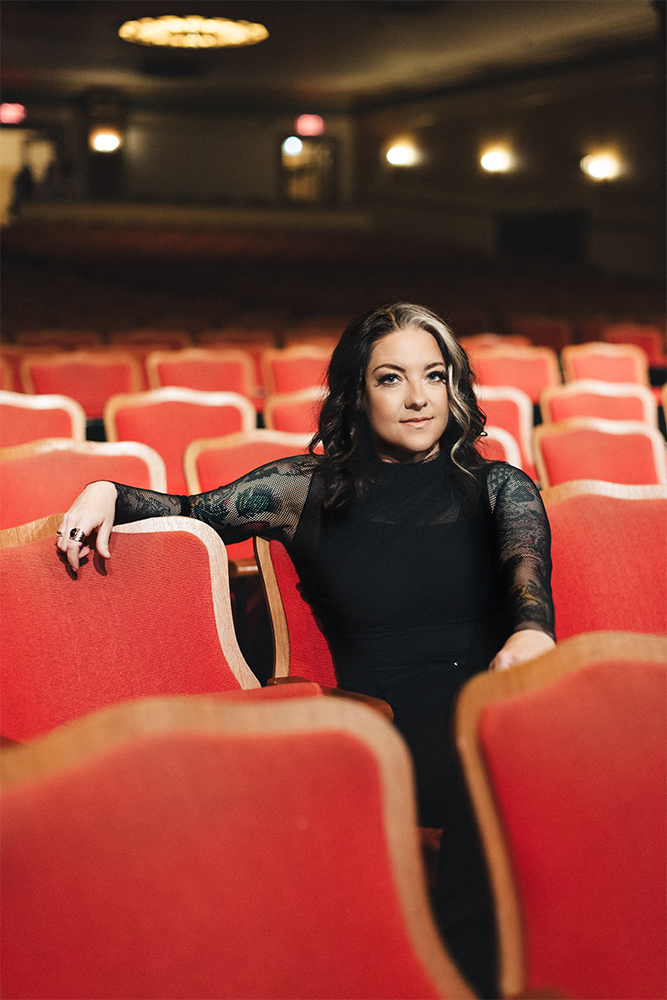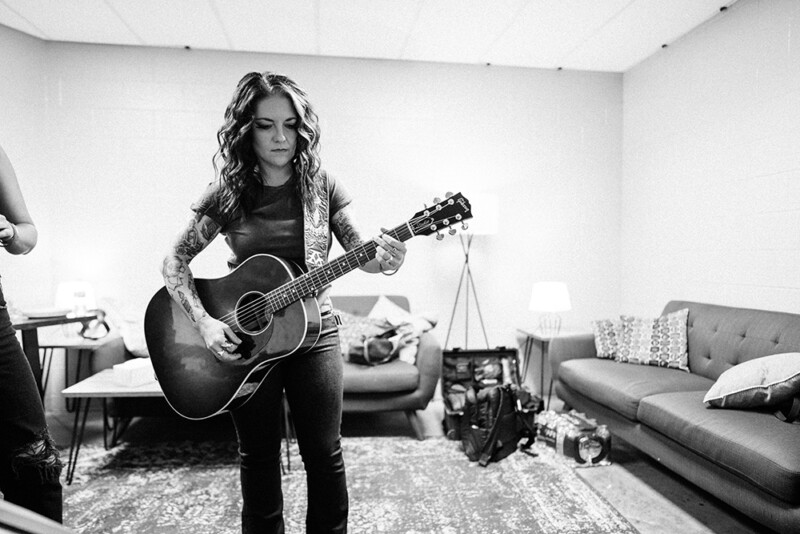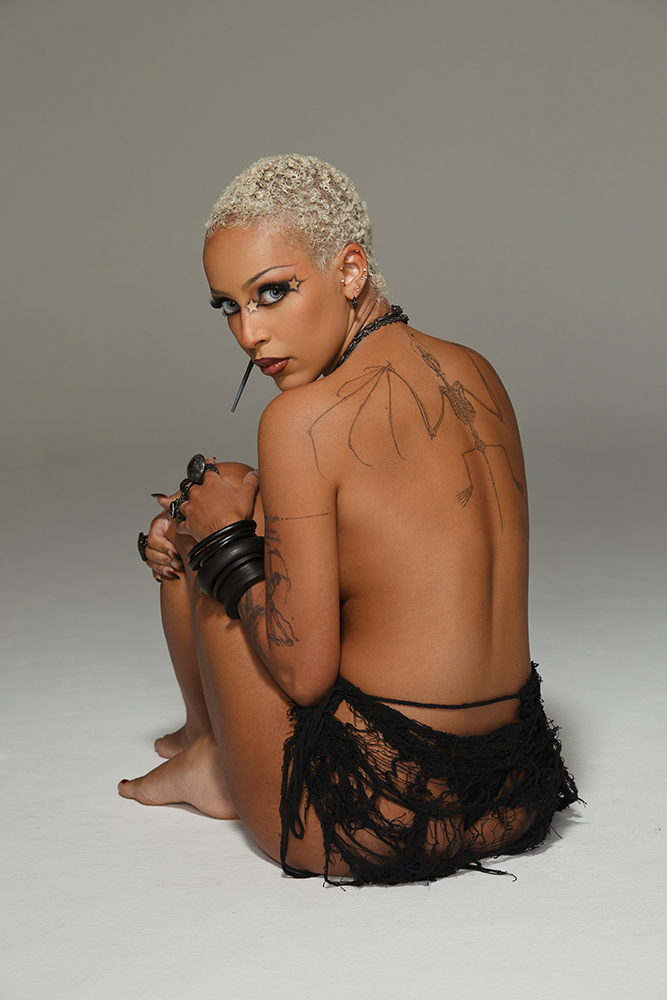
In the ever-evolving music industry universe, there are those rare talents that completely transcend boundaries. These days, artists who can utterly captivate audiences with their raw talent, creativity, and unapologetic individuality are few and far between. Doja Cat, born Amala Ratna Zandile Dlamini, is a shining example of such a rare character.
Breaking through the surface of the music industry, a product ushered in purely by the digital age, the Grammy Award-winning superstar planted her roots firmly in the SoundCloud scene before headlining an international arena tour. The tattoo-clad icon’s rise to global stardom is nothing short of extraordinary, indicative of her pure and unflinching star power.
Born and raised in the vibrant cultural hub of Los Angeles, Doja Cat’s upbringing was steeped in a rich pool of musical influences. With a childhood that found the star lost in the eclectic sounds of artists like Busta Rhymes, Erykah Badu, and Nicki Minaj, coupled with an enthralling passion for piano, Doja’s love of music and innate talent ignited a spark that would set the world on fire. These early influences laid the groundwork for pop-focused rap which the star finds herself consistently breaking records in today.
At 16 years old, Doja Cat made her mark on the music scene in 2013 with her first upload to SoundCloud, a platform that served as the launching pad for her historic rise to fame. From there, it wasn’t long before the star’s undeniable talent caught the attention of industry insiders, leading to a pivotal moment in 2014 when she officially signed with Kemosabe/RCA Records, setting the stage for her rapid ascent to stardom.
The release of her EP “Purrr!” and debut album “Amala” paved the way for Doja Cat’s burgeoning career, but it was her August 2018 single “MOOO!” that catapulted her into the mainstream consciousness. With its infectious beat and irreverent charm, “MOOO!” captured the attention of fans worldwide, earning critical acclaim and labeling Doja Cat as a rising star to watch.
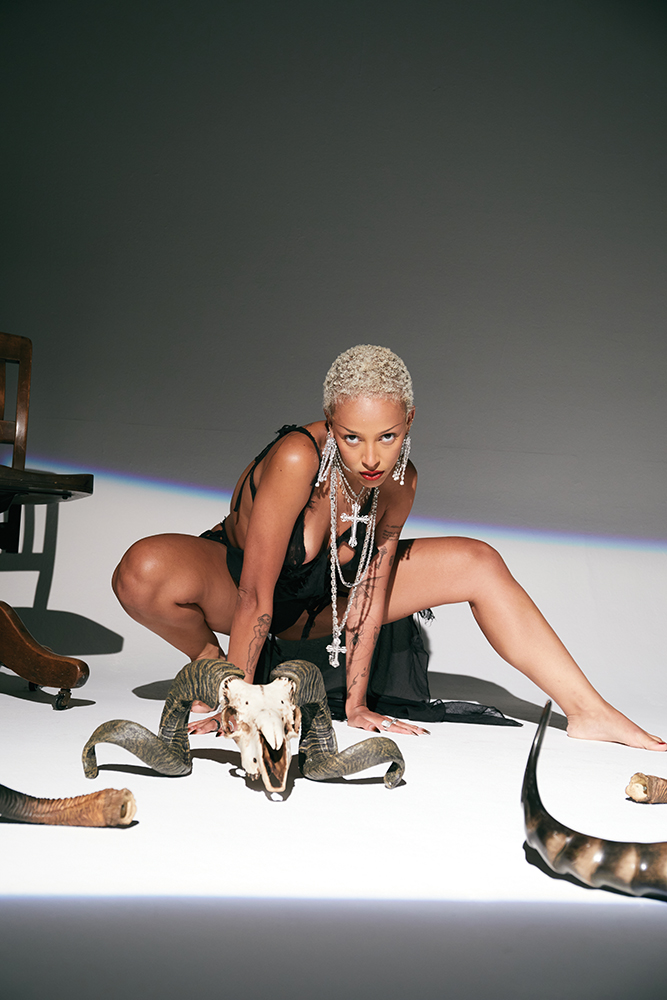
Her sophomore album, “Hot Pink,” released in November 2019, further solidified her position as a musical powerhouse. Boasting more than 6 billion streams worldwide, the album showcased Doja Cat’s versatility as an artist, with hits like “Streets,” the soundtrack behind the viral Tik Tok Silhouette Challenge that blew up on everyone’s FYP during the COVID lockdown, and the Grammy-nominated “Say So” drawing in audiences and critics alike in record-breaking numbers.
In June 2021, Doja Cat released her Grammy Award-winning album “Planet Her,” a tour de force of creativity and innovation. Dominating the charts and generating a historic number of streams on Spotify, “Planet Her” is what solidified Doja Cat as a global superstar. Collaborations with fellow artists like SZA on the multi-platinum hit “Kiss Me More” further elevated her continuous influence and widespread appeal.
The release of her fourth and most recent studio album, “Scarlet,” in September 2023 marked yet another milestone in Doja Cat’s illustrious career. Featuring the smash hit single “Paint the Town Red,” which made history by becoming the first rap song to top the Billboard 200 chart since August 2022.
“Scarlet” showcased Doja Cat’s evolution as an artist and solidified her reputation as a trailblazer in the industry. A complete shift from her previous public persona, “Scarlet” is a horror-infused era for Doja. Shifting away from the divine femininity that simply oozes from “Planet Her,” “Scarlet” showcases the scarier side of the star. Once again, captivating the masses and maintaining a steady hold over pop culture and the A-list music industry she’s had for the better part of a decade.
Doja’s impact extends beyond music, as the pop culture icon recently brought tattoos to the forefront of the fashion and beauty industry during the 2024 Grammy Awards. Styled by Turkish-British designer, Dilara Findikoglu, the singer found herself gloriously drenched from head to toe in faux tattoos that peeked out beneath a sheer floor-length gown. This iconic look became arguably the most discussed appearance of the night, with Doja Cat garnering immediate praise for her boldness and individuality, further highlighting her fearless approach to self-expression. The highly decorated star continues to push boundaries and challenge the status quo, on and off the runway.
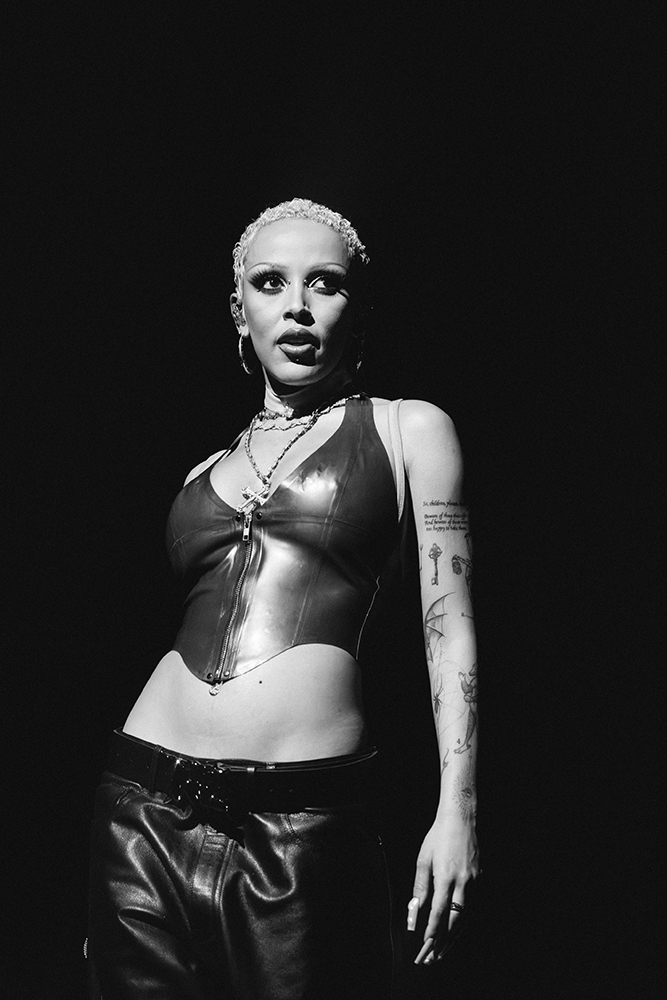
In 2024, Doja Cat shows no signs of slowing down. Recently treating fans to two electrifying singles: “n.h.i.e.” with British rapper 21 Savage and a feature on “Jeezu” with the multi-faceted artist Jeymes “The Bullitts” Samuel. Lending her production capabilities to the latter, “Jeezu” was featured in Samuel’s most recent cinematic foray, “The Book of Clarence” released in January 2024. These collaborations underscore her versatility as an artist and her unwavering commitment to pushing the boundaries of her craft.
Perhaps the most exciting news is the recent announcement of the U.K. and European dates for the Scarlet Tour 2024. Kicking off in June, Doja will grace the stages of iconic venues in cities such as London, Paris, and Amsterdam. And before embarking on her European adventure, she’ll captivate audiences at Coachella in April, solidifying her standing as one of the most sought-after performers in the world.
As Doja Cat prepares for this new chapter of her journey, her dedication to her craft and her fearless approach to self-expression continue to inspire fans and fellow artists alike. With each step, she reaffirms her status as a true visionary in the world of music, leaving a scarlet mark on the hearts and minds of all who have the pleasure of experiencing her artistry firsthand.




